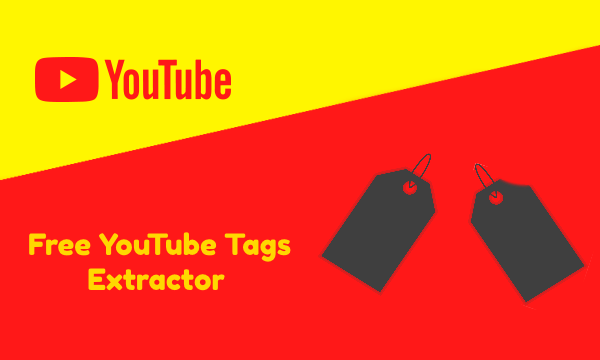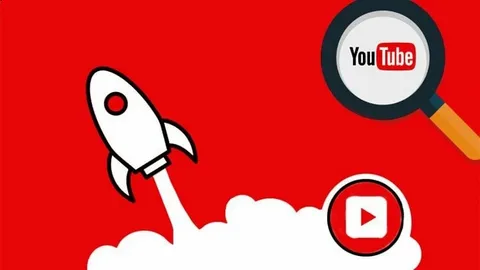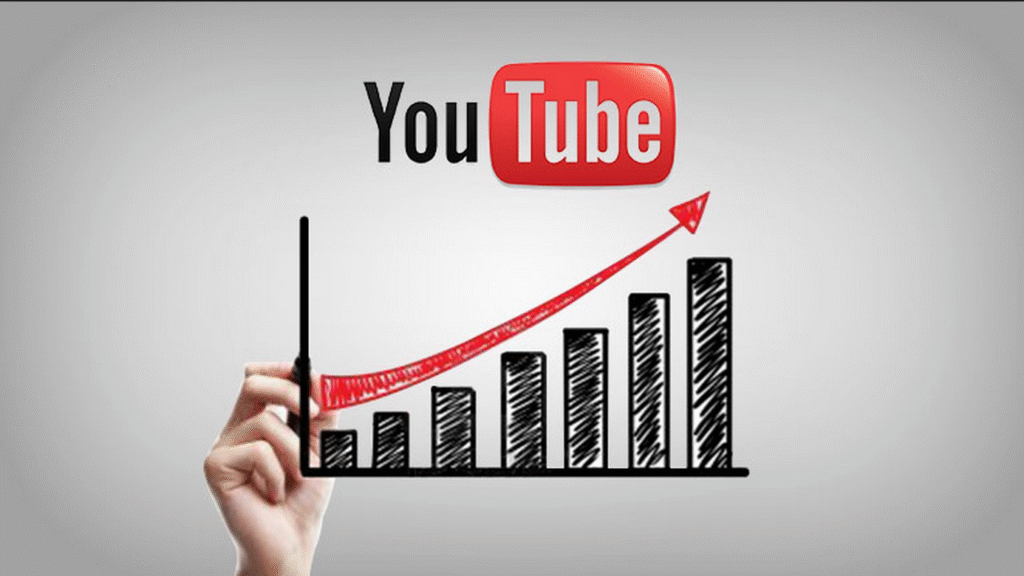YouTube, once known solely as a video-sharing platform, has transformed into one of the world’s most powerful social media networks.
This article explores the features that make YouTube a true social platform, including interactive content, user-generated videos, community engagement, advertising opportunities, and creator culture.
From Shorts to live streams, comment threads to personalized recommendations, we discuss how YouTube drives social interaction, content discovery, and monetization—proving it’s far more than just a video-hosting site in today’s digital landscape.
The Evolution of YouTube as a Social Media Platform
Launched in 2005, YouTube has evolved from a simple video-sharing site into a leading social media platform, driven by user-generated content, creator monetization, and interactive features. Tools like comments, live streams, and the Community Tab foster strong audience engagement.
With over 200 billion daily Shorts views and a $70 billion creator payout, YouTube supports a thriving creator economy. Its recommendation algorithm and viral potential make it a dynamic, participatory space where users discover, share, and shape trends worldwide.
According to Pew Research, 93% of U.S. adults aged 18–29 use YouTube regularly, underlining the platform’s social stickiness.
What Makes YouTube Social Media?
YouTube qualifies as a social media platform because it offers all the core features that define social networks: content creation, user interaction, and community engagement.
At its core, YouTube is built around user-generated content, where individuals, brands, and influencers upload videos to reach global audiences.
Viewers can like, comment, share, and subscribe—activities that mirror the interaction seen on Facebook or Instagram.
In addition, YouTube supports real-time engagement through live streams, community posts, polls, and comment threads. These tools create a two-way communication channel between creators and audiences.
With algorithm-driven feeds, personalized recommendations, and the viral potential of short-form content like YouTube Shorts, the platform encourages continuous interaction—making it a fully functioning social media ecosystem, not just a video host.
1. Interactive Content
Interactive content forms the backbone of YouTube’s role as a dominant social media platform, turning passive viewing into active engagement. Users interact through likes, comments, shares, and subscriptions—signals that play a critical role in content visibility and search engine optimization (SEO).
According to the Pew Research Center’s January 2024 report, based on surveys conducted between May and September 2023, 93% of U.S. adults aged 18–29 have used YouTube. This exceptionally high usage rate reflects not just exposure but frequent engagement with interactive features that drive community building and algorithmic amplification. Real-time chats during live streams, user feedback through ratings, and ongoing comment discussions all contribute to a dynamic content environment.
These engagement mechanisms generate strong behavioral signals that platforms and search engines interpret as indicators of quality and relevance, ultimately enhancing organic reach and audience growth.
2. Free User-Generated Content
Free user-generated content (UGC) lies at the core of YouTube’s success as a social media and content discovery platform. Anyone with an account can upload videos at no cost, democratizing access to global audiences and enabling creators—from individuals to influencers and brands—to contribute freely.
This accessibility fuels an immense content library: as Analyzify reports that over 500 hours of video are uploaded every minute, totaling more than 21 million hours per month. Such scale not only fosters diversity in topics—ranging from tutorials to entertainment—but also enhances SEO by aligning with a vast array of niche keywords and interests.
The cost-free model encourages experimentation, authenticity, and frequent uploads, while algorithmic recommendations amplify reach. This fusion of open participation and scalable discovery defines YouTube’s ecosystem and reinforces its dominance in both the social and search spheres.
3. Sense of Community
A defining strength of YouTube as a social media platform lies in its ability to foster a genuine sense of community. Users don’t just watch—they participate. Through vibrant comment sections, live chats, and niche creator content, audiences form interactive networks centered on shared interests.
Subscribing to a channel often signifies more than passive interest; it reflects ongoing affiliation and emotional connection. Features like the Community tab, introduced in 2016, allow creators to post polls, images, and updates beyond video content, further deepening viewer engagement.
For SEO, these interactions generate strong engagement signals such as longer watch times, repeat visits, and audience retention.
According to a 2024 report, nearly 47% of YouTube users engage with brands at least once a week—demonstrating that this platform functions not just as a content repository, but as a dynamic, participatory ecosystem where creators and viewers shape culture together.
4. Ability to Run Ads
Advertising is a core function of social media platforms, and YouTube’s ad infrastructure is among the most advanced in the digital space. Brands run campaigns through a variety of ad formats—skippable in-stream ads, bumper ads, display overlays, and Shorts-specific promotions—embedded within user-generated content and optimized by audience behavior.
These ads are not only personalized but also interactive, responding to viewer actions like watch time, likes, and engagement. According to Alphabet’s 2024 annual 10-K filing, YouTube generated $36.1 billion in advertising revenue in 2024, confirming its status as one of the world’s most commercially powerful digital platforms.
This scale of monetization mirrors the economic dynamics of traditional social networks while fueling the creator economy, where both individual users and brands benefit from platform-based revenue sharing—further reinforcing YouTube’s role as a fully functional social media network.
5. Engagement Here, There, and Everywhere
YouTube’s reach is not confined to its homepage—it drives engagement across devices, formats, and platforms, making it one of the most pervasive social media ecosystems. Users interact with content through mobile apps, smart TVs, embedded video players, and third-party platforms, creating a multi-surface engagement loop.
Whether it’s Shorts on smartphones, podcasts on desktop, or live streams on connected TVs, YouTube meets users where they are—delivering both passive and interactive experiences. This ubiquity drives higher total watch time and broader influence compared to many other social networks.
Comments, community polls, likes, and shares are seamlessly integrated into these touchpoints, ensuring that every scroll, swipe, or click contributes to a larger feedback system. This interconnected model of engagement—across time, place, and content format—cements YouTube’s role not just as a media outlet, but as a highly interactive, socially-driven platform.
6. Sharing and Virality
Sharing and virality are core pillars of social media—and YouTube is uniquely structured to amplify both. Every video includes shareable links, embed codes, and built-in buttons for instant cross-platform distribution, making content highly portable across messaging apps, blogs, and social networks.
This infrastructure supports organic momentum, but it’s YouTube’s recommendation algorithm that turns sharing into scale: content that gains traction through likes, comments, watch time, or external shares is rewarded with broader visibility via homepage placements and the “Up Next” feed.
Features like YouTube Shorts, optimized for mobile and emotional immediacy, further accelerate this cycle by catering to short-form, high-impact viewing. Research shows that emotionally charged content—whether joyful, surprising, or provocative—is significantly more likely to be shared.
This emotional resonance, coupled with a strong sense of community around creators and content niches, prompts users to circulate videos within their networks. The result is a powerful, user-driven viral engine where content spreads not through paid promotion, but through relevance, resonance, and algorithmic reinforcement.
7. Shorts: Redefining Social Video
YouTube’s assertive push into short-form video through Shorts has transformed the platform into a leading force in the social media landscape. Launched globally in 2021, Shorts has become a core part of the user experience—offering swipeable, mobile-first content that mirrors the viral design of TikTok, but with the unique advantage of seamless integration into YouTube’s broader ecosystem.
As of June 2025 report, Shorts is averaging an astonishing 200 billion daily views globally, a dramatic rise from 70 billion in early 2024, according to Google. This explosive growth is fueled by intuitive creation tools, rapid discovery via algorithmic feeds, and interactive features such as comments, likes, remixes, and shares.
Creators benefit from a robust monetization model, receiving 45% of ad revenue from Shorts content, alongside features like Super Thanks and branded partnerships. More than just a competitor to TikTok or Reels, Shorts enhances YouTube’s identity as a full-spectrum social media platform—where creators can build communities, scale content across formats, and thrive within a unified, revenue-generating ecosystem.
Read Here: How to Change thumbnail on YouTube Short
8. Analytics and insights: Fueling Data-Driven Growth
YouTube’s social media strength is powered by its robust analytics, available through YouTube Studio. These tools offer creators detailed metrics on views, watch time, subscriber growth, audience retention, and more.
According to Google (May 30, 2025), YouTube Studio features tabs like Overview, Reach, Engagement, and Revenue—each giving actionable data such as impressions, click-through rates, and viewer demographics.
These insights help creators refine content by identifying high-performing segments, optimizing titles and thumbnails, and understanding how viewers find their videos. AI-powered tools and the Trends tab now even suggest content ideas based on active search trends.
For monetized creators, revenue analytics support smarter earnings strategies. This data-driven feedback loop fuels visibility, growth, and stronger audience loyalty—key traits of a social-first platform.
9. Endless content: A Perpetual Stream of Discovery
One of YouTube’s most defining features as a social media platform is its vast and ever-expanding reservoir of content—ensuring users always have something new to discover, no matter how niche their interests. This constant influx drives engagement and retention across demographics and regions.
As of 2025, YouTube hosts an estimated 5.1 billion videos, and over 360 hours of new content are uploaded every single minute, according to a report by SEO.AI. Collectively, viewers consume more than 1 billion hours of video each day.
This scale ensures that the platform remains a dynamic space where content is continuously refreshed and highly personalized.
Sophisticated recommendation algorithms further enhance this experience by surfacing content tailored to each user’s habits, turning casual viewers into active participants.
Whether it’s mainstream entertainment or specialized tutorials, the diversity and volume of content foster real-time interactions—likes, comments, remixes, and shares—fueling social loops that make YouTube a constantly evolving digital ecosystem.
10. Advertising products: A Diverse Monetization Engine
YouTube’s expansive suite of advertising products cements its role as a powerful social media platform—fueling monetization for both the platform and its global creator community.
From skippable and non-skippable in-stream ads to bumper ads, in-feed video placements, and Shorts ads, YouTube’s ad formats are designed to integrate natively within user-generated content, preserving the platform’s social-first experience.
What distinguishes YouTube’s ad ecosystem is its precision. Through Google Ads, advertisers can target users based on demographics, interests, watch history, search intent, and even custom audience segments.
Interactive formats featuring CTAs, shoppable links, and product feeds further blur the line between entertainment and commerce, turning passive viewing into measurable engagement.
This sophisticated ad infrastructure generated $36.1 billion in ad revenue in 2024 as reported by Alphabet earnings report, directly supporting creators via the YouTube Partner Program. By rewarding creators for user engagement, YouTube creates a self-reinforcing loop: user content drives advertising, advertising funds creators, and creators produce more content.
This monetization dynamic—driven by audience insights, social interaction, and economic incentive—is a defining feature of modern social media platforms.
11.Creator culture: The Heartbeat of YouTube’s Community
YouTube’s identity as a social platform is rooted in its vibrant creator culture. Unlike traditional media, YouTube empowers anyone to become a storyteller, educator, or influencer—building communities around shared interests.
Central to this model is the YouTube Partner Program (YPP), which supports monetization through ads, channel memberships, Super Chat, and merchandise integration.
According to a report, today, more than 3 million channels are in the YouTube Partner Program (YPP)—a testament to the platform’s deep investment in creators. YouTube also reported that it has paid out over $70 billion to creators, artists, and media companies in the last three years.
Creators also benefit from YouTube Studio’s powerful analytics and interaction tools, allowing them to refine content and directly engage with audiences through comments, polls, and live streams.
This two-way relationship fosters loyalty and sustains highly active, niche communities.
From gaming to education, YouTube’s creator-driven ecosystem is what sets it apart—transforming the platform into a dynamic, participatory network shaped by individual voices.
Our Guide For Youtube Channel Handlers
How to Add Description to YouTube Shorts
How to Delete a Short on YouTube
How to Change Title of Video on YouTube
Conclusion
In conclusion, YouTube has clearly established itself as a full-fledged social media platform, not just a video-sharing site. Its interactive features, vibrant creator community, personalized content recommendations, and diverse monetization options drive constant user engagement and participation.
With tools that foster communication, collaboration, and creativity, YouTube continues to shape digital culture globally—proving that its role in the social media ecosystem is both essential and ever-evolving.





One Comment